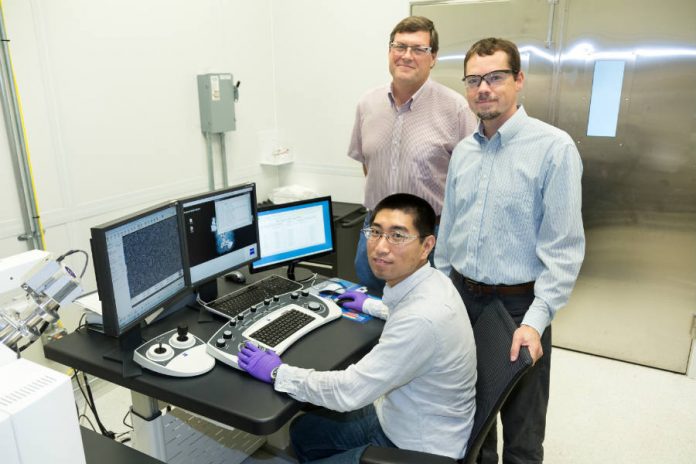
A team of specialists from the Oak Ridge National Laboratory (ORNL) in Tennessee recently discovered a method to turn carbon dioxide into ethanol. The discovery allowed them to transform the polluting gas into usable fuel.
The ORNL’s official website dropped the news on Wednesday, October 12. The scientists involved in this project are Senior Staff Scientist, Dr. Adam Rondinone, Postdoctoral Research Associate, Mr. Yang Song, and Controlled Synthesis Engineer Dale Hensley.
The research team recorded part of the process in a video published by the laboratory. Rondinone talked about how they first thought they were going to produce methanol via this process but ended up getting ethanol which makes the discovery partially accidental.
How the scientists at the Oak Ridge National Laboratory turned CO2 into fuel
The Oak Ridge National Laboratory is an investigation facility supported by the U. S. Department of Energy (or DOE), the governing body responsible for building and maintaining public power installations throughout the nation.
The study conducted by the scientists intended to see how nanotechnology worked with differents catalysts in certain chemical processes. Catalysts are chemicals that help make certain chemicals reactions happen.
They were initially studying how to take carbon dioxide and turn it into methanol using a particular catalyst they designed specifically to make this transformation happen. Methanol has useful applications like fueling vehicles, but it is highly poisonous to humans.
The team’s hypothesis was that by applying electricity to the catalyst they had invented they could ‘reverse’ the combustion process of carbon dioxide and turn it into methanol.
The catalyst worked better than expected completing and improving the chemical reaction to produce about 60% of ethanol.
Rondinone added these perfect results were possible because they used nanotechnology on the catalyst’s materials to get the exact microscopic amount they needed for their chemical reaction to work.
Why is this important?
Rondinone explained the resulting substance could fuel most modern engines without additional modifications. In simple words, it could work as an alternative to fossil fuels.
Moreover, electrical grids and networks composed of solar-powered panels or wind turbines usually produce more energy than they need. These kinds of companies could use the extra energy to recreate the process and produce ethanol as a byproduct.
Source: Oak Ridge National Laboratory











